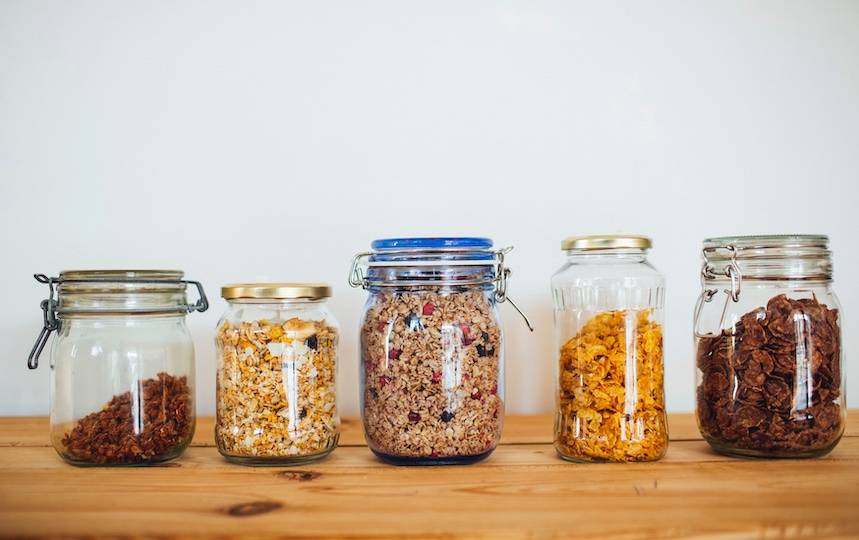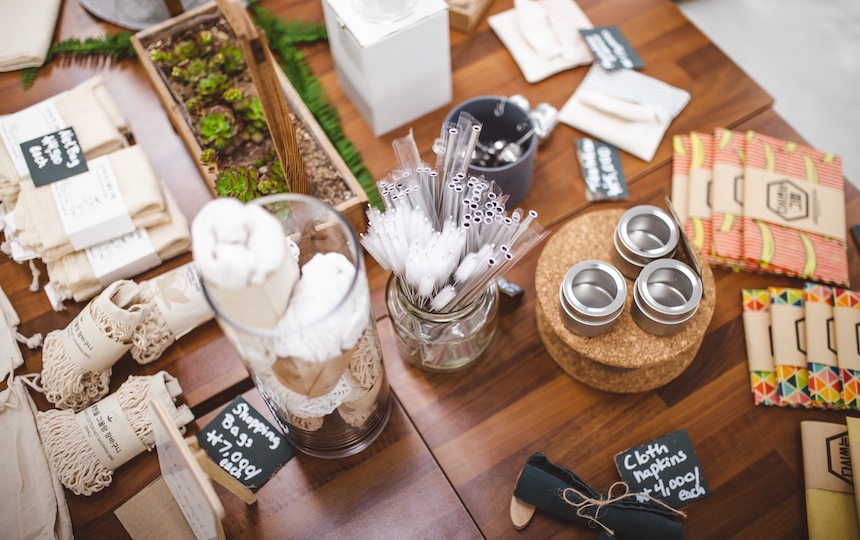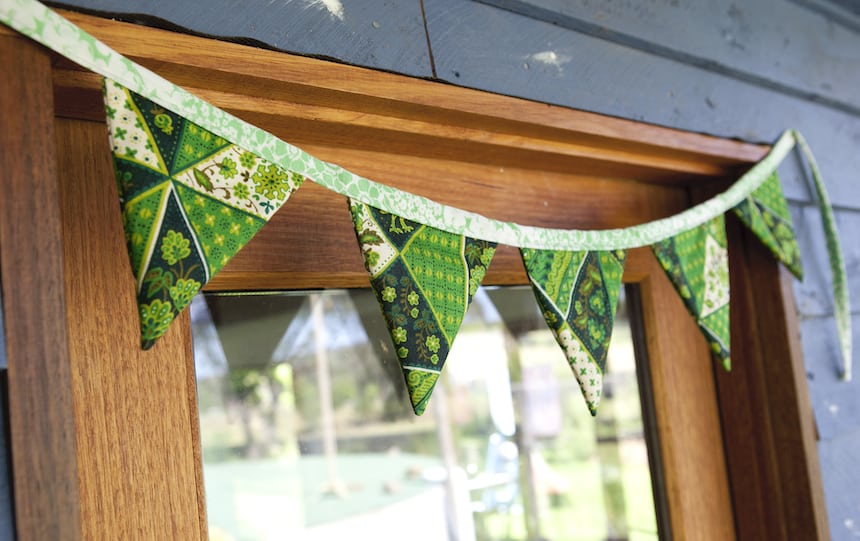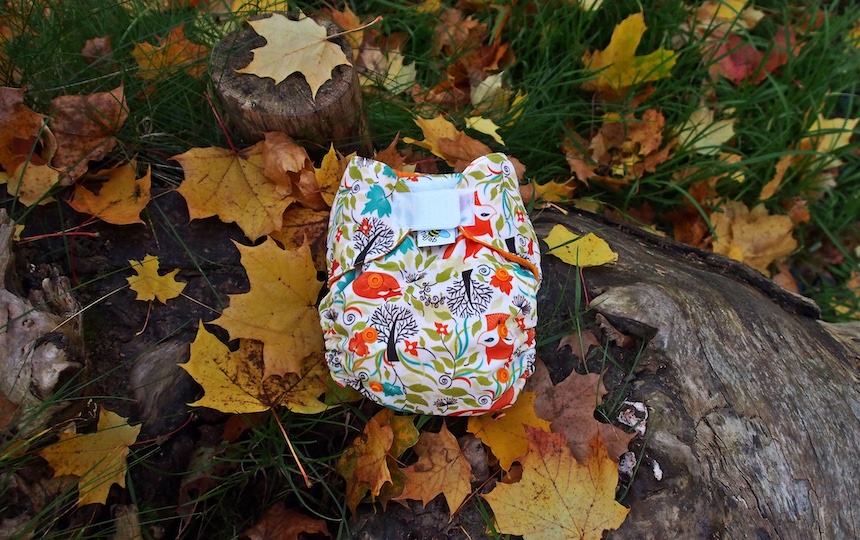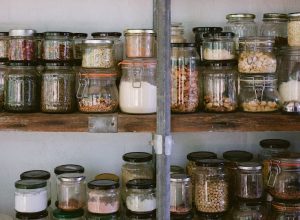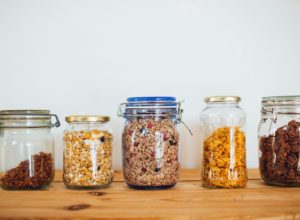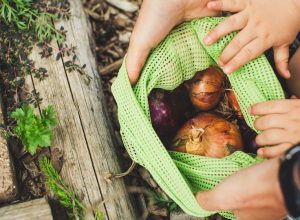In the third part of our zero waste living series, we look at the final steps you can take towards adopting a waste free lifestyle.
Before you proceed, we recommend catching up on the first two instalments of our zero waste living series if you haven’t already done so. Part one is here and part two is here.
Secondly, a disclaimer – it may only be venerated zero waster Bea Johnston or Pip friends Lauren and Oberon Carter, (authors of the fabulous book, ‘A Family Guide to Waste-Free Living’), who can truly claim to have completed the “final steps” to zero waste living.
Being truly zero waste takes enormous commitment, and given the society in which we live in is set up to thwart our efforts at every turn (here’s looking at you junk mail), being able to say you’ve “completed” your zero waste journey will be nigh on impossible until there is systematic change.
What we mean by “final steps” in your zero waste living journey is tackling those remaining areas in your life that are still big waste generators.
They’re the things that you may not have wanted to focus on finding alternatives for in the early days of going zero waste, and may not be as easy as replacing your daily takeaway coffee cup with a reusable one.
Are you ready to take the final steps in your zero waste living journey?
Zero waste your celebrations
Parties are a huge generator of waste – invites, wrapping paper, decorations, party favours, all that leftover food – and can be a zero waste convert’s worst nightmare.
While it may be easy to adjust your own behaviour around the waste you produce, getting your friends or family onboard is often the trickiest part to hosting a zero waste celebration.
Firstly, deal with the items you’ll need to host the party. Send out invites via email or via Paperless Post.
Source second-hand decorations from eBay or your local op shop, or buy items like fabric bunting from Etsy, which you’ll be able to use for future events. Better yet, make your own festive décor like this recycled bunting or this native Christmas wreath.
On the day, set up a buffet table so people can help themselves and control their portion size, which means any leftovers you can freeze to later consume yourself, or send home with guests.
It should go without saying that opting for regular cutlery and tableware over plastic options, and cloth napkins over paper ones is a must!
Now for the tricky part… convincing family and friends to get onboard your zero waste living practices. As awkward as it can be initially, simply explain to your loved ones why you’re trying to live a zero waste lifestyle in simple terms.
“I’m trying to cut back on my plastic use as so much of our plastic ends up in our oceans” can be enough. The plastic pollution problem has reached widespread recognition now, so a lot of the groundwork has been done for you.
Next, make it easy for them. If you’re hosting a birthday party for your child, and you know your friends and family will want to buy your little one a gift, assure them that you’re very happy to receive second-hand gifts.
Point them in the direction of eBay or a second-hand clothing store like this one. If a gift must be brand new, send them the link to an online store that sells environmentally friendly toys or sustainable clothing, or ask that they buy books, as at least these can be recycled later on.
State that there is no need for gifts to be wrapped – ask your guests to “save a tree instead”! Or suggest wrapping gifts in scrap fabric or old scarves.
People will generally be respectful of your wishes if you’re upfront and friendly about it.
Zero waste your inbox
Is your inbox often flooded with marketing emails from companies trying to sell you their wares?
Those 30% off/buy 2 for 1/everything-must-go deals drain your time, energy and bank account
Furthermore, according to carbon footprint expert Mike Berners-Lee’s 2010 book ‘How Bad are Bananas: The Carbon Footprint of Everything’, the average spam email generators a footprint equivalent to 0.3 grams of carbon dioxide emissions (CO2e). It all adds up.
Unsubscribe from all but your beloved sustainable brands (we recommend keeping Pip on your newsletter list!) so your inbox isn’t clogged up with all those potentially tempting offers.
Zero waste your Achilles’ heel
What do we mean by “Achilles’ heel”? We mean that one area of your life that’s letting you down in the zero waste stakes.
It may be you haven’t been brave enough to try cloth nappies over disposables ones if you have a baby. It could be the pet food you buy for your dog or cat that comes in plastic pouches. Or it could be your addiction to packaged treats.
Whatever it is, it’s the one area you need to identify as your zero waste “weakness” and then figure out what steps you need to take to reduce the waste it produces.
Perhaps this means researching the different cloth nappy options available to parents (there are loads – MCNs, AI2, prefolds, flats… here’s a comprehensive list of cloth nappy terms from the Australian Nappy Association), looking up homemade recipes for pet food, or baking your own sweet treats.
Read Part 1 of our Zero Waste Living Series here and Part 2 here.

